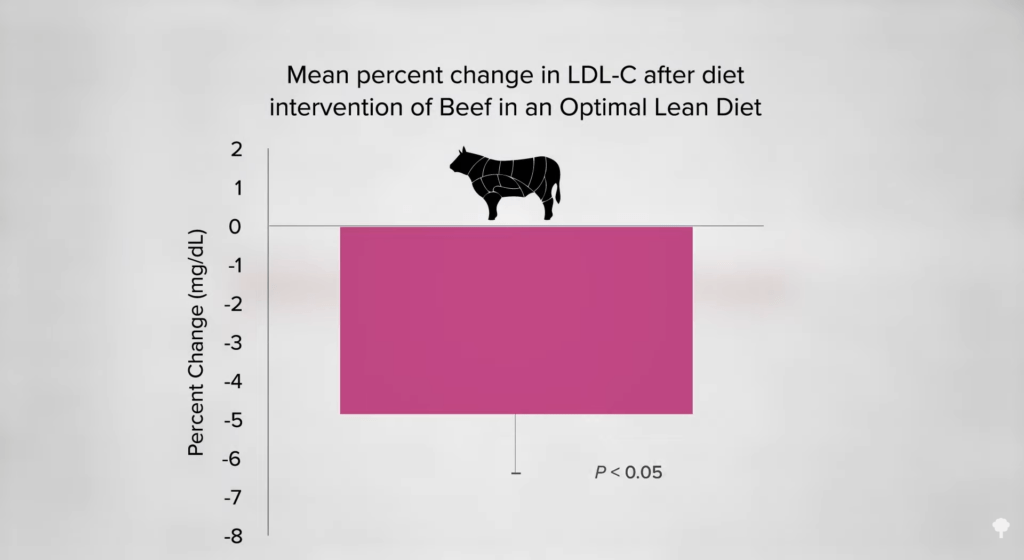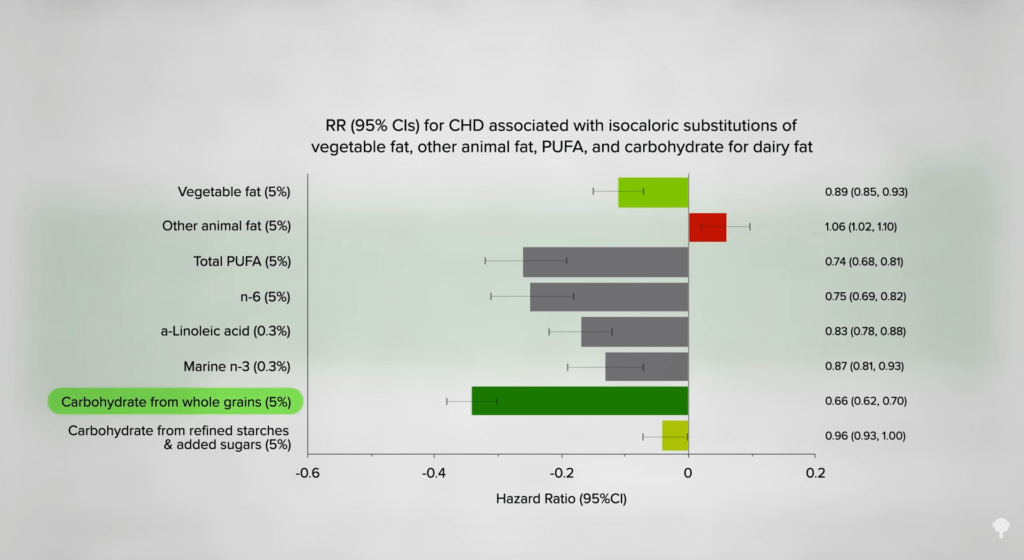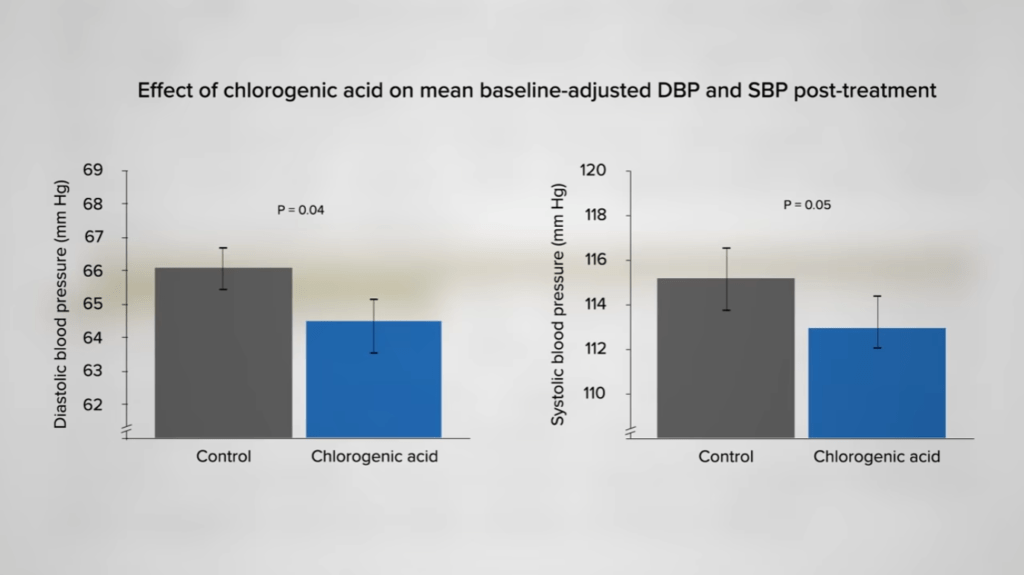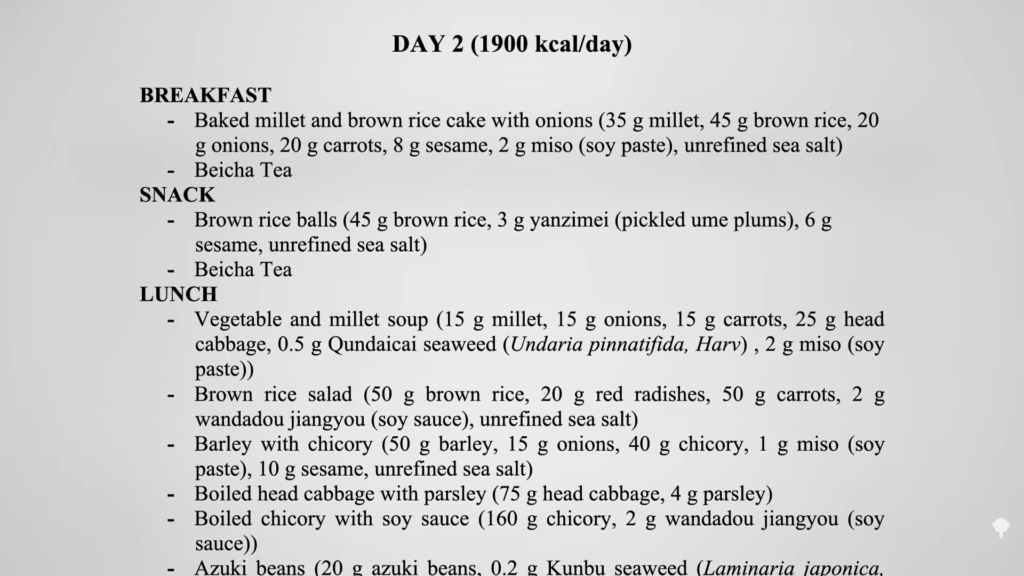
The Dairy Industry’s Misleading Study Designs
How do the meat and dairy industries design studies that show their products have neutral or even beneficial effects on cholesterol and inflammation?
Observational studies like “Milk and Dairy Consumption and Risk of Cardiovascular Diseases and All-Cause Mortality: Dose-Response Meta-Analysis of Prospective Cohort Studies,” which suggests that dairy might not be so bad, can be confounded by extraneous factors, such as the fact that people who eat more cheese tend to be of “a higher socioeconomic status.” In that case, what about an interventional study? Researchers designed a randomized, crossover trial that compared a high-fat cheese diet to a high-fat meat diet to a “nondairy, low-fat, high-carbohydrate” control diet. Both the high-cheese and high-meat diets were loaded with saturated fat, but all of the study participants, including those on the low-fat diet, ended up with the same cholesterol levels. And, it should be noted that the study was overwhelmingly paid for by the dairy industry.
So, how did they do it? If you’re in the dairy industry and trying to design a study to show that a high-cheese diet does not raise cholesterol, how would you go about doing that? This is the topic of my video Friday Favorites: How the Dairy Industry Designs Misleading Studies.
Anyone remember my video BOLD Indeed: Beef Lowers Cholesterol? It’s one of my favorites. The beef industry was in the same pickle as the cheese industry: Beef has saturated fat, which raises cholesterol, which raises the risk of dying from our number one killer. What’s an industry to do? Well, as you can see at 1:20 in my video, it designed a study in which beef was added and cholesterol went down. How is that possible? It was achieved by cutting out so much dairy, poultry, pork, fish, and eggs that their overall saturated fat intake was cut in half. Indeed, saturated fat levels were cut in half, and cholesterol levels went down. Well, of course that happened. They could have swapped in Twinkies and claimed that snack cakes lower your cholesterol…or frosting…or anything.

So, now you know the trick. The way to get the same cholesterol levels is to make sure all three diets have the same amount of saturated fat. How are you going to get a high-fat cheese diet and a high-fat meat diet to have the same saturated fat level as a diet that has neither cheese nor meat? The researchers added so much coconut oil and cookies to the so-called low-fat diet that all three diets had the same amount of saturated fat and…voila! That’s how you can make it appear that a cheese- or meat-rich diet doesn’t raise cholesterol.
This reminds me of the desperation evident in a study that compared the effects of dairy cheddar cheese to a nondairy cheddar cheese called Daiya. Milk consumption has plummeted in recent years as people have increasingly discovered plant-based alternatives, like soymilk and almond milk, and now there are plant-based cheese alternatives. What’s the National Dairy Council to do? How are you going to design a study that shows it’s healthier to eat dairy cheese? Well, you design a study where dairy cheese causes less inflammation than the vegan alternative. They had their work cut out for them. Daiya is no health food by any stretch, but it definitely has three times less saturated fat than cow’s milk cheese. So, how did they show the study participants got more inflammation from Daiya?
There is one fat that may cause more inflammation than milk fat: palm oil. In fact, palm oil may raise cholesterol levels as much as trans-fat-laden partially hydrogenated oil. And, you’ve probably guessed it: They slipped the Daiya group some extra palm oil on the side. Can you believe it? They compared cow’s milk cheese to Daiya nondairy cheese plus palm oil. In fact, they was so much extra palm oil that the vegan meal ended up having the same amount of saturated fat as the cheese meal. That’s like proving tofu is worse than beef by doing a study where they compared a beef patty to a tofu patty stuffed with lard. Oh, wait. The meat industry already did that! But, at least they had the decency to concede that “replacement of meat with tofu in the habitual diet would not usually be accompanied by the addition of butter and lard.”





